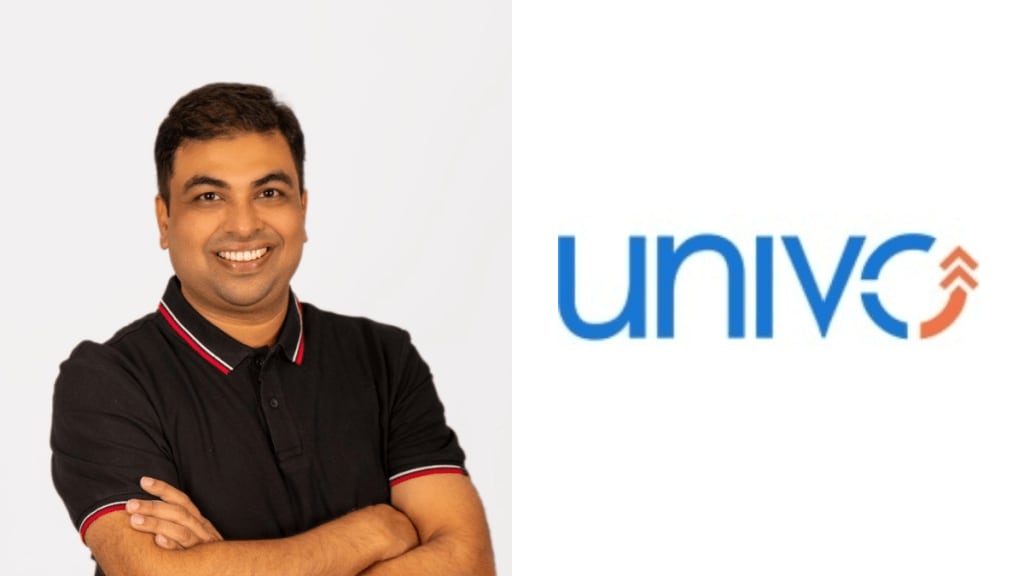The pandemic has brought about notable shifts across industries, and the case has been no different for marketing. Today, digital marketing has become a crucial aspect in order to acquire new customers and retain existing ones. In our weekly BrandWagon Ad Talk series, industry experts highlight what has changed over the past two years and more importantly, are these changes here to stay. Abhishek Ajmera, chief business officer, UNIVO Education, talks to BrandWagon Online, about the dos and don’ts of digital marketing, best marketing campaigns, and more.
What is the difference between launching a brand in today’s digital era versus earlier?
Launching a brand nowadays is a whole different scenario compared to the old days with the transition in branding and marketing strategies. Traditionally, brand promotions were all about television, billboards, and physical spaces. But now the contemporary approach uses digital channels like websites, social media, and online advertising. We are engaging consumers through digital interactions and crafting an immersive digital experience for them. Notably, the digital age has granted us access to huge consumer data, transforming measurement methods and strategy customisation to resonate with target audiences. While the fundamental marketing objective remains creating demand, the shift from a product-centric focus to a customer-centric approach is evident. Pre-digital marketing centered on products with limited customer data, now, in the digital age, we’ve got a ton of data at our fingertips, and that’s a game-changer. It lets us tailor our strategies to fit each customer’s journey. Ultimately, the digital era revolutionises branding and marketing, offering personalised experiences that are fueled by insights from all the data. It’s like a whole new ballgame where there are endless paths to success.
What are the recent best marketing or advertising campaigns you have seen and why?
One recent marketing campaign that caught attention was Lenskart’s ‘War of Fair Prices’ campaign featuring Karan Johar and Peyush Bansal. The campaign promoted the idea that quality products can be available at fair and transparent prices, without the need for a hefty markup typically associated with luxury items. Another notable marketing campaign was the #DoWhatFloatsYourboAt Design Challenge by boAt. I think this campaign went beyond product features to embrace a more cultural movement, strategically tapping into the rebellious energy of not just designers, but also other creative subcultures like hip-hop, street art, and speed racing, emphasising a shared spirit of disruption and innovation. This fostered a sense of inspiration and empowerment amongst the viewers. I value authenticity, creativity and campaigns that can create a meaningful connection with their audience.
Which brand in the last year has made the best use of digital and how?
This year, some brands aced the moment marketing game, especially after the successful launch of Chandrayaan-3. Zomato, Spotify India, Dunzo, Swiggy Instamart, and even Tinder India nailed it with their digital prowess. Moment marketing is a powerful strategy that allows brands to leverage specific events or milestones to create unique and captivating content, engaging with their audience and building brand recognition. Spotify curated a special playlist, that left a lasting impression.
In a post-Covid world, what are the dos and don’ts of digital marketing?
In the post-Covid digital landscape, I’d say SEO is the top priority. Maintain a strong social media presence to engage with your audience and share accurate information from reliable sources. Show support to customers during tough times while being mindful of their financial constraints. Ensure your marketing campaigns are sensitive towards the consumers. Consistency is crucial, so stick to a steady marketing budget for ongoing visibility and relevance.
Most importantly, be honest and avoid making false claims about your products or services. By following these guidelines, businesses can easily navigate the changing digital terrain after COVID-19, building a strong and lasting connection with their audience.
One recent bad case of advertising you have seen, and why?
When it comes to advertising, I believe the effectiveness and reception of campaigns often depend on subjective interpretations influenced by individual preferences, cultural backgrounds, and personal values. Advertising is a diverse and multifaceted concept, encompassing various creative approaches that may appeal differently to distinct audiences. It’s crucial to acknowledge that what resonates positively with one demographic may not necessarily do so with another. Striking a balance that acknowledges and respects the diversity of perspectives can contribute to fostering a more positive reception of advertising endeavours.


